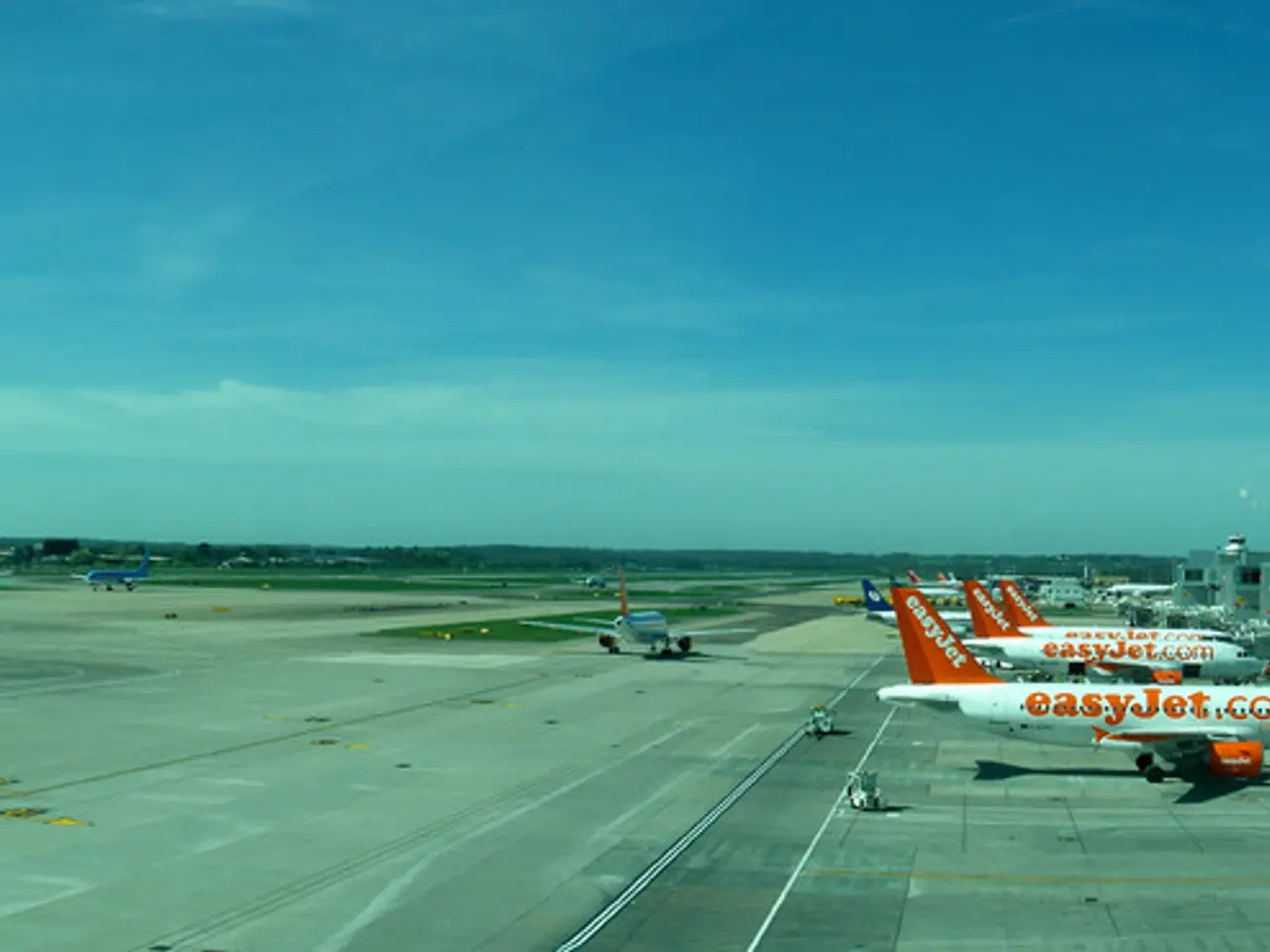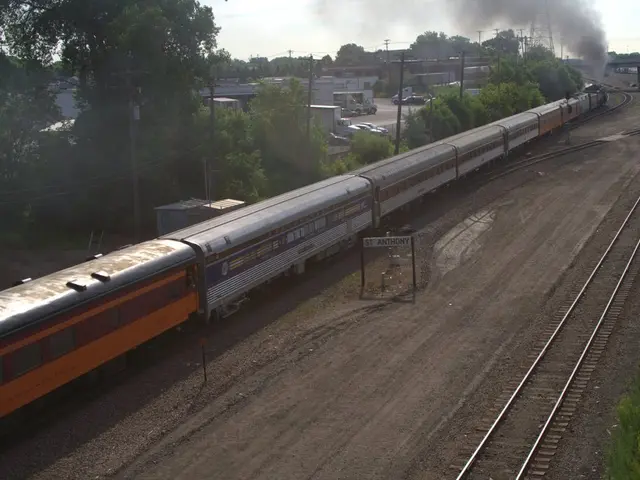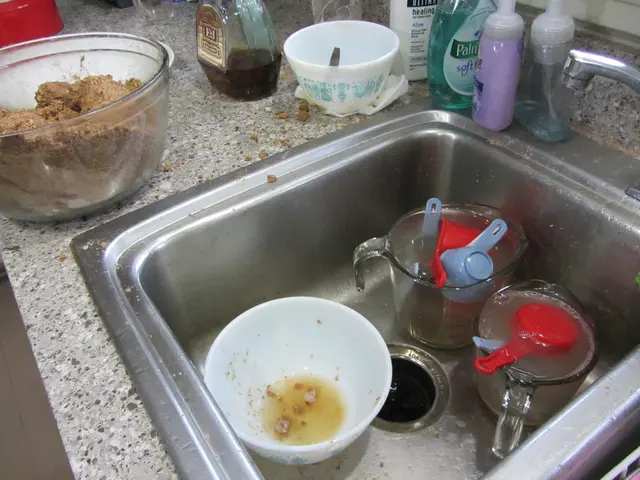Port of Seattle's 31 Near-Term Projects at SEA Get FAA Green Light
The Port of Seattle has received the green light from the FAA for its Sustainable Airport Master Plan Near-Term Projects at Seattle-Tacoma International Airport (SEA). The projects aim to enhance airport efficiency and capacity while maintaining operational efficiency and accessibility. The next phase involves a State Environmental Policy Act (SEPA) review, which will include public input.
The FAA has issued a Final Environmental Assessment and a Finding of No Significant Impact/Record of Decision for the Port's proposed 31 Near-Term Projects. These projects focus on developments within the existing airport footprint to meet current and anticipated demand. The Sustainable Airport Master Plan (SAMP) provides a framework for future development, addressing passenger terminal and cargo capacity, aircraft delays, fuel storage, and compliance with FAA airfield standards.
The FAA identified 17 findings for the Port to address during design, construction, and operation of the projects. Notably, the Port must improve surface transportation at 26 intersections, representing an estimated 40 million USD investment. This will enhance safety and access for airlines and passengers.
The Port of Seattle is moving forward with its 31 Near-Term Projects at SEA following the FAA's positive environmental assessment. The projects, aimed at improving airport efficiency and capacity, will now undergo a SEPA review with public input. The Port must address 17 findings, including a significant investment in surface transportation improvements.
Read also:
- Trump administration faces lawsuit by Denmark's Ørsted over halted wind farm project
- Police station transfer ceremony in Horb am Neckar
- Unchecked Management of HP Dams Leads to Environmental Disaster: RTI Reveals
- Rapid advancements in automotive policies worldwide fuel transition towards electric vehicles








